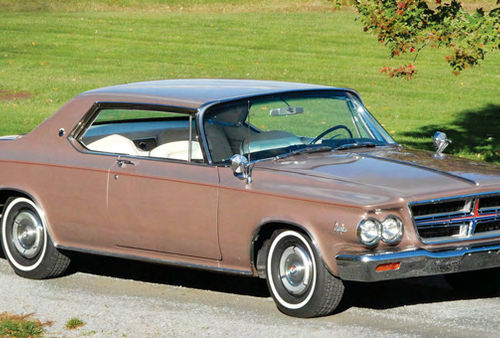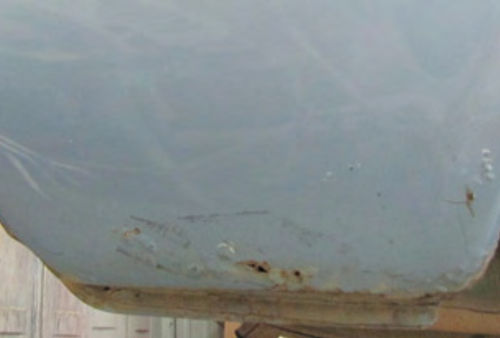How did the manufacturers make wood grain interior parts in vintage automobiles?
Question:
In regard to a previous question about wood graining in the January Mechanic on Duty department: I recently visited Embee Performance Powder Coating in Santa Ana, California, with my car club. They do hydrographic printing, also known as water dip printing (http://www.embeeperformance.com/).
There were some great samples in their shop along with a completed wood grained ’41 Willys dash ready to be shipped to the customer, and it was stunning.
Curious to see what was available as far as patterns go, I did an Internet search on hydrographic wood graining. It appears that a lot of shops do this technique now. There were even some home kits available. The price would probably be too high for a single home project, but it sure looks nice.
I wonder how the manufacturers did wood grain back in the ’30s and ’40s. It seems like the process would have been too labor intensive for mass production.
Answer:
To answer your last question first, wood grained components such as dashboards and window reveals from the 1930s and ’40s were produced by an ink transfer process using gum rollers on etched metal graining plates followed by minor brush touch-up by hand. Even this method required a modicum of skill and took time.
After the roller and plate approach, a product called Di-Noc was developed, which was sort of a heavy-duty decal. It was most often used to simulate wood on all-metal station wagons of the ’50s. In fact, it is still used today, but in a much modified and improved form. If you want to try it, a source for Di-Noc and the tools used in its application are available on Amazon. They can help you with anything you need including the vinyl wood graining. However, it is really not suitable for replacing the old-style painted wood graining of the early years.
Water transfer printing has also been around for a while, and produces beautiful results, though I think it might be difficult to do it yourself at home. Large water tanks, the thin plastic film that goes on the surface of the water, and the various Sprays required to get good adherence and durability would add up to some expense. Nevertheless, the process yields remarkable results, Of course, having a pro do it for you is an easy enough alternative.
There is only one consideration that occurs to me, and that is whether a film exists that approximates the wood graining on the car you are restoring. For example, the graining on my 1940 Packard is &ray-green and straight-grained, and the pattern on my 1939 Packard is reddish burled walnut. I was not able to locate a film that was similar to either of them from the various sources I found. But if you can find a pattern that will work for you, immersion printing is wonderful.
It is also used to make flames, camouflage, paisley patterns and lots of other faux surfaces including carbon fiber. Next time you see a set of carbon fiber wheels, a carbon fiber hood or other components on a car, take a second look. The pattern may only be skin deep.















